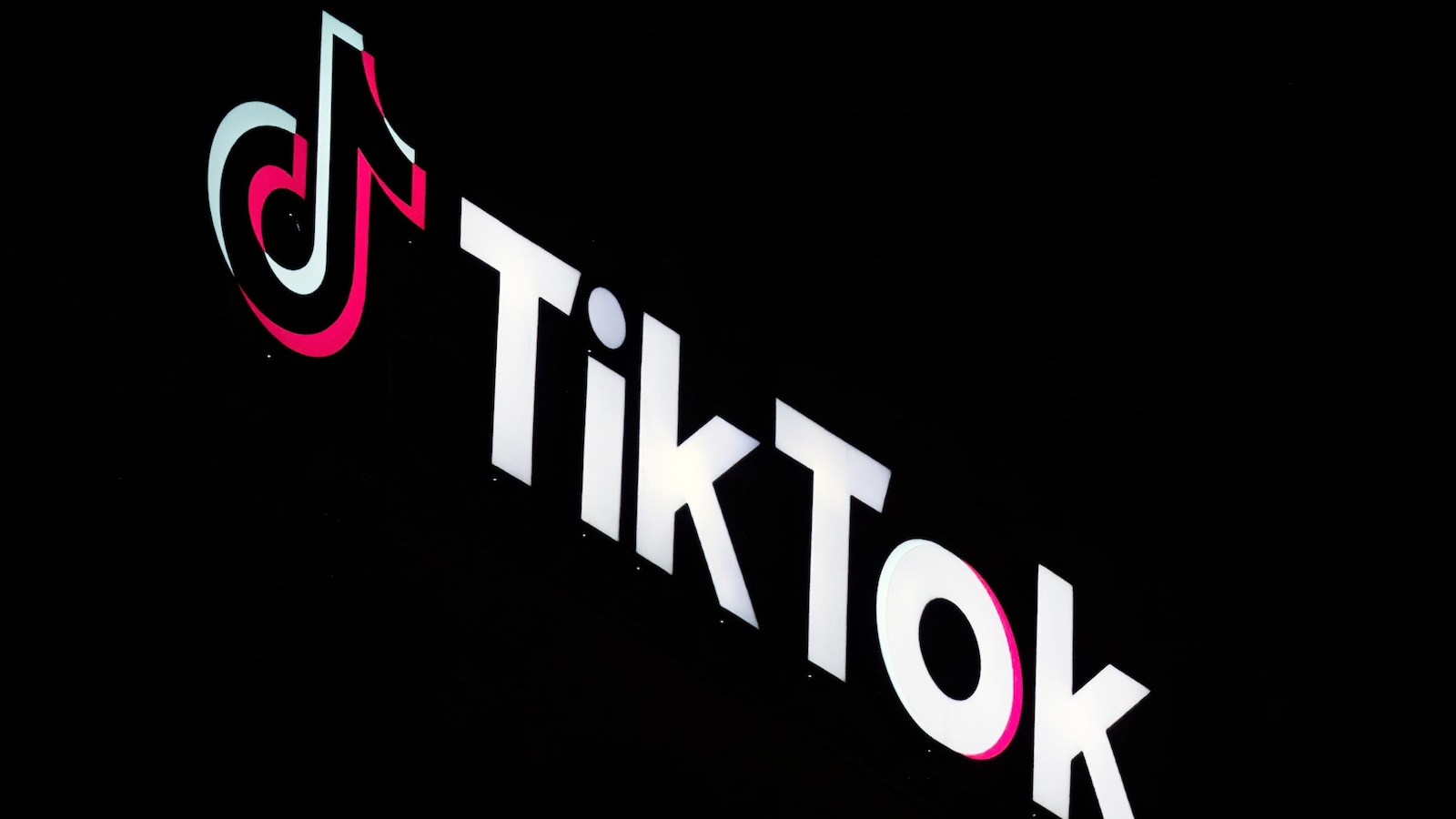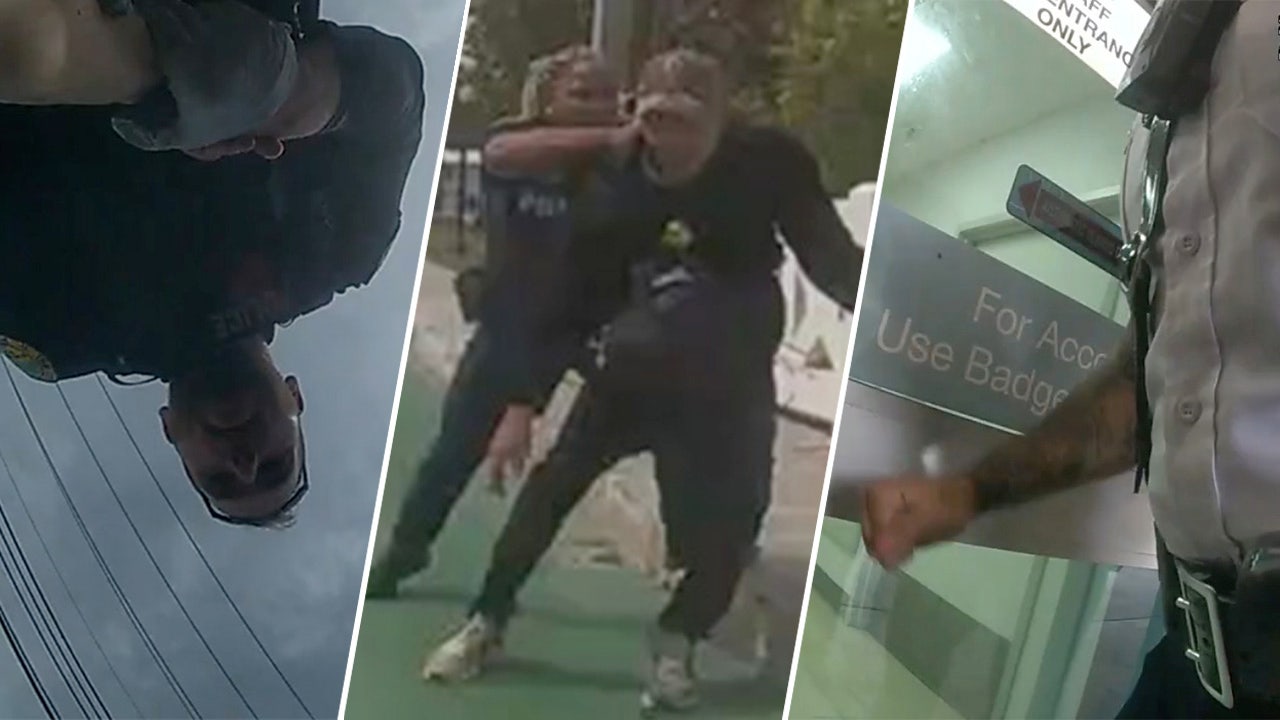TikTok’s Dark Side: The Legal Consequences of ‘Catch a Predator’ Scheme
In an unsettling twist that underscores the complexities of social media interactions, a group of college students is facing legal repercussions for their participation in a TikTok-inspired scheme aimed at ‘catching a predator.’ This incident serves not just as a cautionary tale but also raises significant questions about the responsibilities and consequences that come with the rapid dissemination of online trends. With TikTok’s immense popularity among younger demographics, its influence on behavior—both positive and negative—cannot be overstated. In this article, we delve into this incident, explore its implications, and examine the broader conversation surrounding social media’s impact on real-world actions.
The Incident: A Reckless Pursuit of Vigilante Justice
The case originated from a group of students at a well-known university who decided to take justice into their own hands by staging confrontations with individuals they suspected of predatory behavior. Inspired by the viral *”Catch a Predator”* series, which aimed to expose and prosecute online predators, these students believed they could replicate this format through TikTok. However, their actions quickly spiraled out of control, leading to legal charges.
According to reports, the students utilized TikTok to document their encounters, often confronting individuals in public places. They sought to create viral content, capitalizing on the platform’s penchant for sensationalism. Unfortunately, what they intended as a form of social justice devolved into harassment, misidentification, and potential criminal behavior. The consequences of their actions were severe: police became involved, and several of the students were charged with various offenses, including public intimidation and unlawful assembly.
Legal Ramifications: Beyond the TikTok Trend
The legal framework surrounding this case highlights the intricacies of vigilante justice and the limits of self-appointed enforcement. While the students may have believed they were acting in the public’s interest, the law does not typically support such methods. Instead, their actions could result in serious criminal charges that may affect their futures.
- Public Intimidation: This charge arises from their confrontational approach, which could instill fear in individuals, regardless of their guilt or innocence.
- Unlawful Assembly: Gathering in a group with the intent to confront individuals in a potentially threatening manner may lead to this charge.
- Defamation: Misidentifying someone as a predator can have lasting consequences on that person’s life, potentially leading to civil suits.
The implications of these charges extend beyond immediate legal consequences; they can also affect the students’ academic records, careers, and reputations. It’s a sobering reminder that the allure of social media can sometimes overshadow the potential risks of impulsive actions.
Social Media’s Double-Edged Sword
This incident shines a light on the dual nature of social media platforms like TikTok. On one hand, these platforms can be powerful tools for awareness and activism. Many users leverage TikTok to raise awareness about critical social issues, mobilize support for causes, and educate their peers. However, this case illustrates how easily social media can be misused, leading to harmful consequences for both individuals and communities.
Platforms like TikTok thrive on sensational content, often pushing users to create increasingly outrageous videos to capture attention. This can foster a culture of recklessness, where the desire for virality eclipses ethical considerations. The students involved in the ‘catch a predator’ scheme may have been motivated by the thrill of online fame, but the fallout from their actions illustrates a profound misunderstanding of the responsibilities that come with wielding such influence.
What Can Be Done? Navigating the Ethical Landscape
In light of this case, it is crucial to explore how we can navigate the ethical landscape of social media more responsibly. Here are several approaches that can help foster a safer online environment:
- Education: Institutions should focus on educating students about the implications of their online behavior, emphasizing the importance of distinguishing between online trends and real-life consequences.
- Promoting Critical Thinking: Encouraging young users to critically evaluate the content they consume and share can help mitigate reckless behavior.
- Encouraging Responsible Content Creation: Influencers and content creators should be mindful of the messages they promote. Highlighting positive and constructive trends can counteract harmful narratives.
Moreover, social media platforms themselves have a role to play. Enhanced moderation, clearer guidelines, and consequences for harmful behavior can help curtail reckless actions inspired by viral trends.
Conclusion: A Cautionary Tale for Future Generations
The ‘catch a predator’ scheme executed by college students emphasizes the urgent need for a collective reevaluation of how we engage with social media. As platforms evolve and grow in influence, so too must our understanding of the responsibilities that come with them. This case serves as a cautionary tale, reminding us that the pursuit of justice should not come at the expense of legality and ethics.
In a world where social media trends can incite impulsive behavior, it is essential to foster a culture of awareness and responsibility. As we navigate this digital landscape, let us advocate for safe and constructive engagement—one that prioritizes justice, empathy, and respect for all individuals. Only then can we harness the true potential of social media as a tool for positive change, rather than as a vehicle for chaos and harm.
See more Update My News



